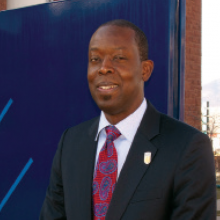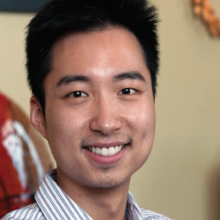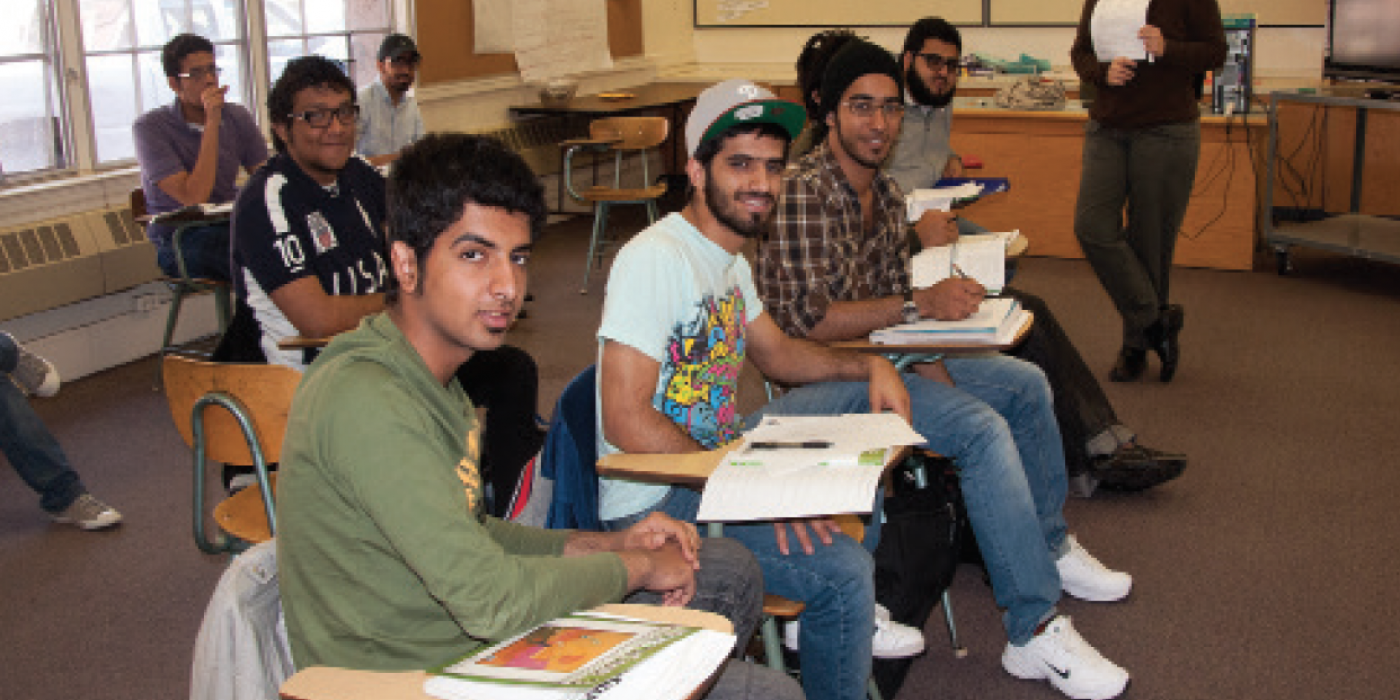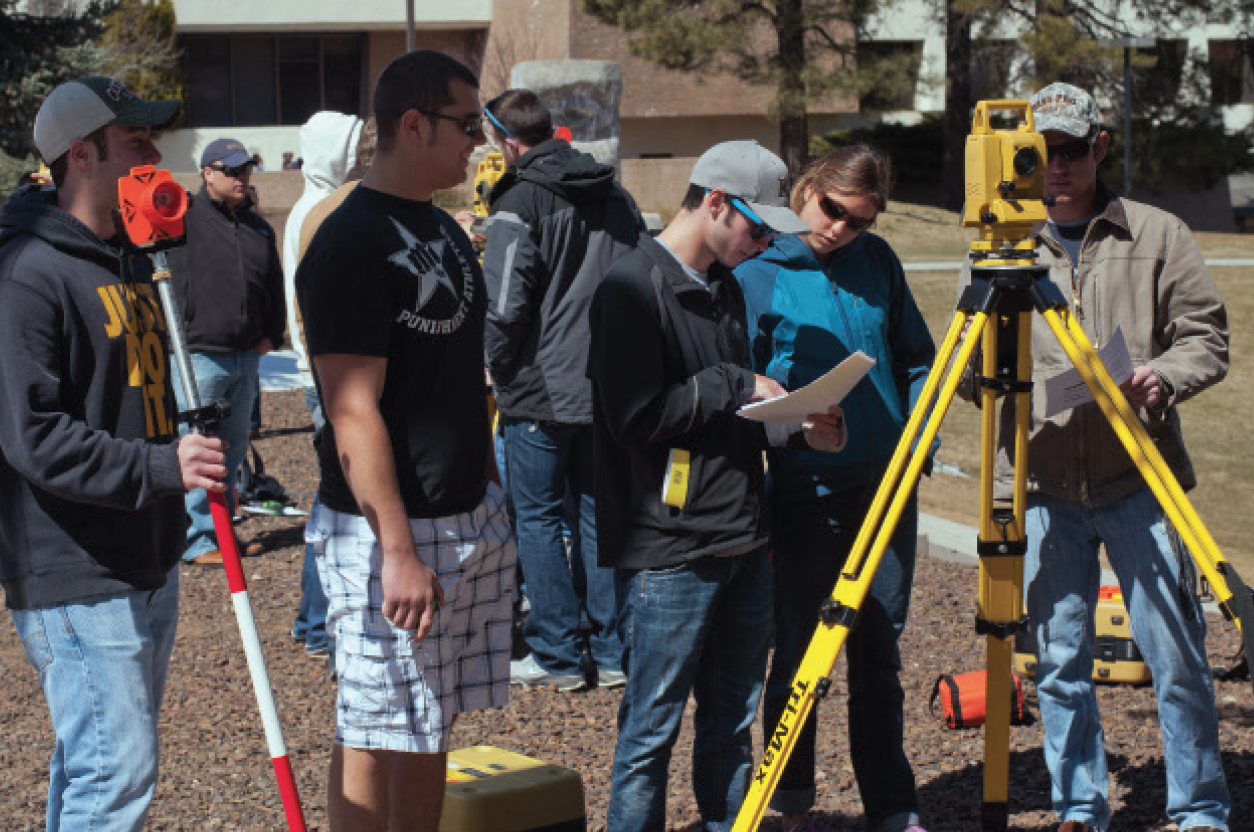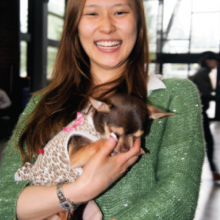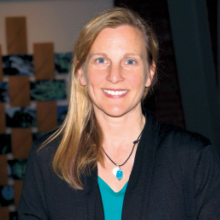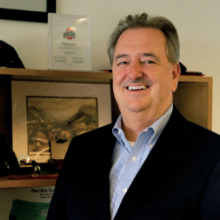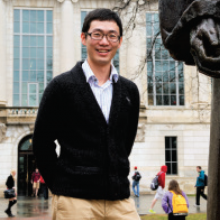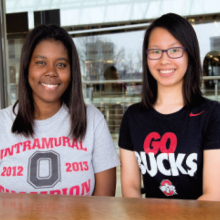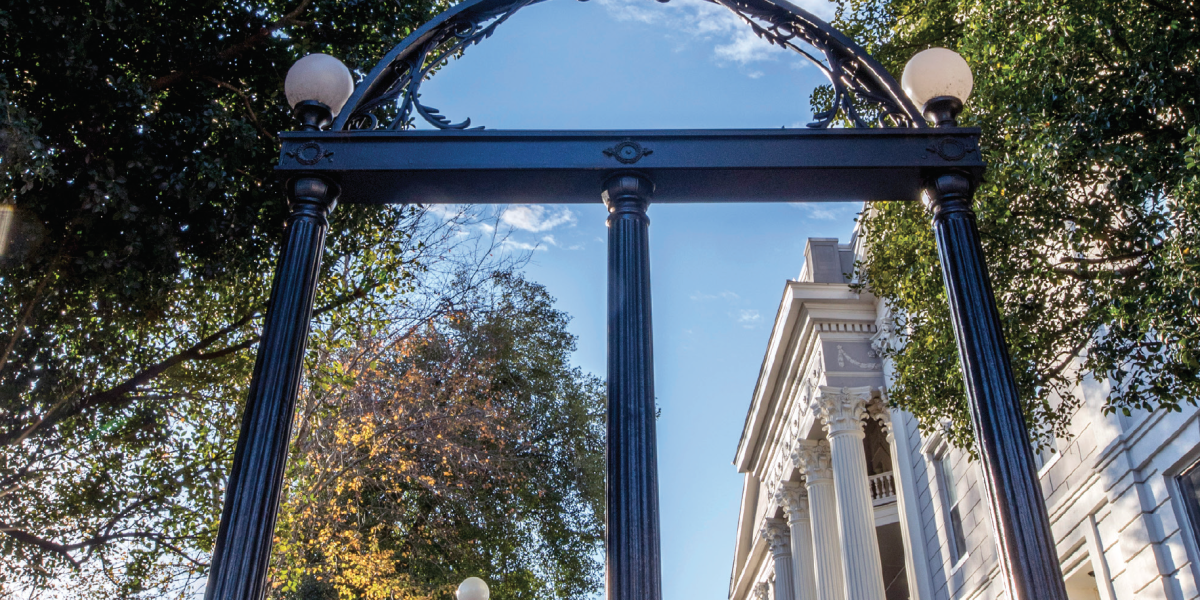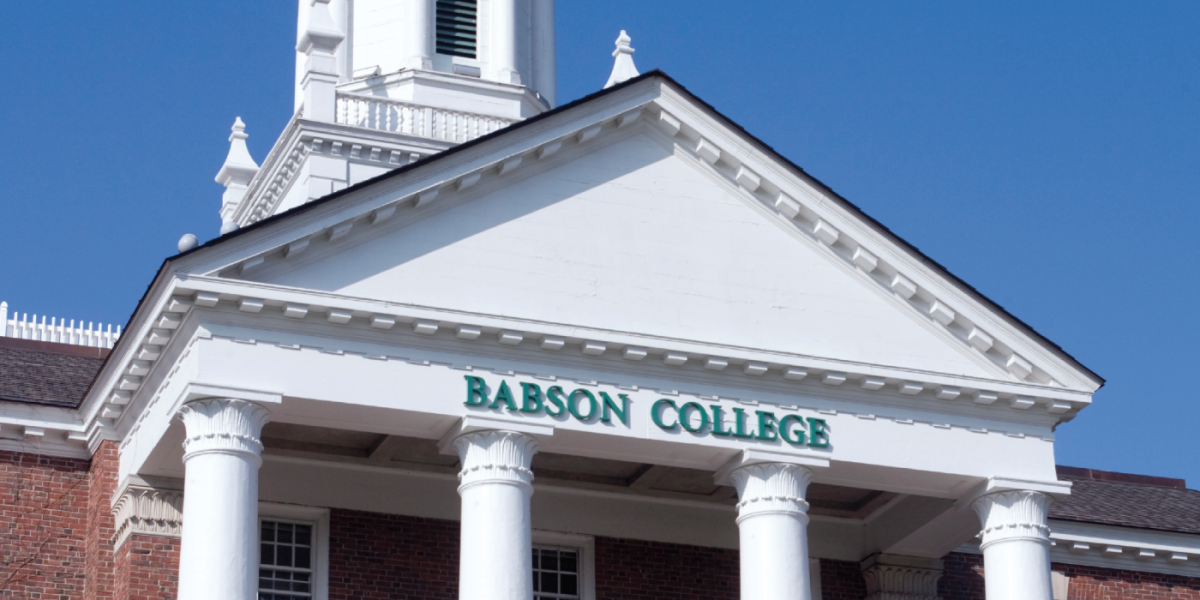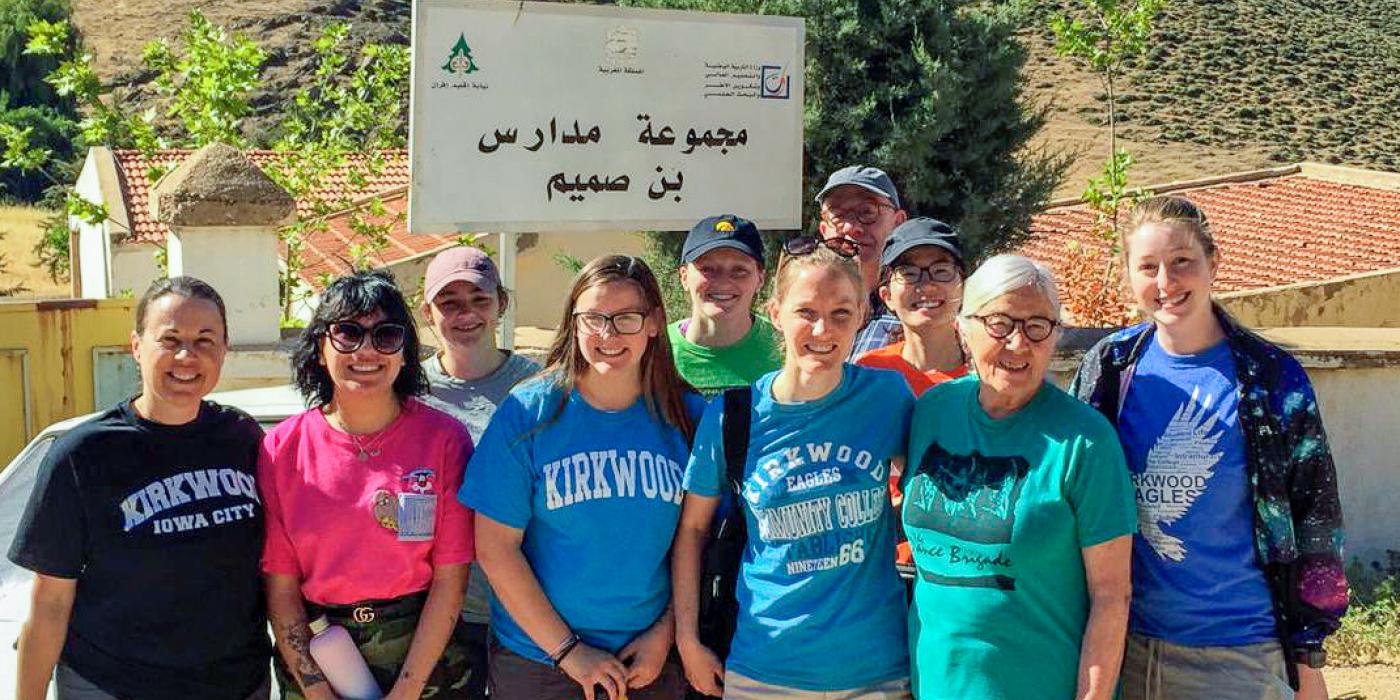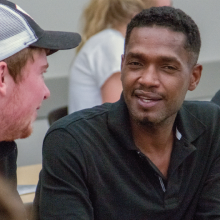2012 Comprehensive Northern Arizona
The strides that Northern Arizona University (NAU) is making on all fronts in international education—doubling international enrollments, tripling participation in education abroad, marshaling enthusiastic faculty support for a Global Learning Initiative that will infuse more global content into the curriculum discipline by discipline—shows what a committed institution can do even under exacting budgetary circumstances. NAU has raised its international profile and activities even while dealing with the loss of a third of its state aid ($60 million) over four years. Part of its success stems from finding a novel way to finance the Global Learning Initiative, coupled with strong leadership and resolute support from the top.
Arizona’s third-largest university, perched beneath the scenic San Francisco Peaks in Flagstaff, already was deeply involved in study and research across the American Southwest—the 27,000-square mile Navajo Nation is next door. The global engagement push has it looking even farther. The university made global engagement a strategic priority and hired Harvey Charles as vice provost for international affairs and director of the Center for International Education. Charles earlier directed international education offices at Wheaton College in Massachusetts, Georgia Tech, and San Francisco State University. President John Haeger and Provost Liz Grobsmith convened the Task Force for Global Education in 2008 and charged it with crafting a blueprint for transforming NAU into a global campus and ensuring that graduates were ready to compete in a global economy. While 18 faculty and administrators formed the nucleus of the task force, 30 other faculty and the then-mayor of Flagstaff, Joe Donaldson, served on five subcommittees (the mayor was on the community engagement panel). They came up with numerous ways to embed global learning throughout academic majors, general education courses, and cocurricular activities. “It is our hope that students will have multiple and substantive encounters (as opposed to merely a one-course requirement) with these perspectives,” said the panel. The faculty Senate gave its blessings to the panel’s raft of recommendations in 2010.
Fast Forwarding Course Development
Anthropologist Miguel Vasquez recalled a meeting to winnow four dozen faculty proposals in the running for $4,000 seed grants to develop new courses. “Harvey walked in and said, ‘Let’s make this easy. I want to award every one of these grants because this is what we’re trying to do on this campus. We’ve got the money, so let’s do it,’” said Vasquez. “It pushed the whole thing fast forward.” The university-wide belt-tightening brought on by the reductions in state appropriations actually whetted faculty appetites for the global initiative, said Blase Scarnati, director of the Global Learning Initiative. “Things started moving around the table, and that kind of kinetic energy made a lot of innovative things possible.”
“Instead of generic global learning outcomes, we’re talking about global learning outcomes in the language of physics, dental hygiene, electronic media and film, engineering.”
Each department was charged with defining global learning outcomes for its own discipline. “Instead of having a university-wide committee telling everybody how to do global learning, we’ve given the responsibility to the faculty themselves,” explained Charles. “Instead of generic global learning outcomes, we’re talking about global learning outcomes in the language of physics, dental hygiene, electronic media and film, engineering.”
Looking at the World Through Sustainability, Diversity Lenses
The faculty also were pressed to realign the curriculum in ways that buttressed three bedrock NAU values: sustainability, diversity, and global engagement. Charles launched a twice-a-year, 20-page magazine, NAU Global, that explained the changes ahead and shone a beacon on the extensive study and research that faculty and students were undertaking overseas.
Scarnati, a musicologist, said even minor course adjustments “can have quite a dramatic impact” on internationalizing the curriculum. Assigning civil engineering students to design a bridge for Kenya instead of Arizona requires the same complex math calculations, but also forces students to weigh “all sorts of cultural issues in terms of materials and workforce management,” Scarnati said. When professors and students looked closely, global issues hit closer to home than some realized. In Scarnati’s own department, awareness grew about the threats that development poses to the African blackwood trees that provide the wood to make oboes and other woodwinds.
It will take time to see some changes bear fruit. Starting in fall 2012, a five-year Global Science and Engineer Program (GSEP) offers science and engineering majors the opportunity to spend a full year studying and interning abroad and to earn a second bachelor’s degree in French, German, or Spanish (or a minor in Chinese and Japanese). It is modeled after the University of Rhode Island’s groundbreaking dual-degree program. Eck Doerry, an associate professor of computer science who used to take rising sophomores on “icebreaker” summer trips to Germany, said, “Engineers are going to have to change how they behave.”
Global Engagement Outside the Classroom
Paul Trotta, professor of civil and environmental engineering and adviser to the Engineers Without Borders (EWB) chapter, led students on service trips to a village in Ghana to build a solar-powered water station and perform other work, including building quarters for a village nurse. They undertook the latter after village leaders identified their most pressing need not as more solar power, but as lodging, to convince the government to send them a nurse. When an engineering student came down with malaria, an anthropology student stepped up to manage construction. It wasn’t applied anthropology, but “what a wonderful experience she had,” said Trotta. EWB also has undertaken wastewater projects on the island of Roatán, 30 miles off the coast of Honduras. “We need projects closer to home,” said Trotta, who noted it costs as much to fly one student to Ghana as it does to build a well.
Leslie Schulz, executive dean of the College of Health and Human Services, led a December 2011 service trip to a Tibetan refugee camp in Mainpat, India. Schulz, a nutritionist and diabetes researcher, brought a dozen faculty and students—dental hygienists, engineers, and sustainable community experts—on the journey that began with two days of flying and an arduous 17-hour bus ride. They dwelled for eight days in a Buddhist monastery and, with other Flagstaff volunteers, fanned out to seven refugee camps providing care, mapping needs, and trying to improve the spotty electricity supply. Schulz brought the leader of the Mainpat community to Flagstaff in May 2012 to help convince other NAU colleges to pitch in on future trips. Her only criterion for who goes is that each must be able “to contribute something to the community, not just study people.”
Surge in International Enrollment
NAU’s international enrollments have nearly doubled since 2008, paced by a surge in students from China and Saudi Arabia. Its intensive English program “had a huge bump in enrollment,” from 90 students in spring 2009 to 220 in fall 2010, said William Crawford, director and associate professor of linguistics. The program recently expanded into a former elementary school building; the playground, still equipped with slides, is now a designated smoking area.
Mandy Hansen, director of international admissions and associate director of the Center for International Education, said NAU’s size and locale is a draw. Sunny Flagstaff has a population of 60,000 and, at 6,900 feet elevation, stays cooler in summer than Phoenix. “In a smaller town like Flagstaff and a midsize school, they can find their place. Parents feel really comfortable sending their students here,” said Hansen. Catherine Ribic, director of international students and scholars, said some “are unhappy when they get here, but then they’re unhappy to leave.”
NAU was an original participant in an American Association of State Colleges and Universities initiative to promote dual degrees with Chinese universities, and it now has agreements with four dozen universities for a variety of 2+2, 1+2+1, and 1+3 programs. Four of the 35 staff members of the Center for International Education work on the China initiatives. Among them is graduate student Bruce Feng Wang, who originally came to NAU on a 2+2 exchange from Beijing International Studies University. As a junior business major, Wang was part of a student delegation that met Warren Buffett in Omaha, Nebraska. He even got to question the legendary investor about his decision to invest in a Chinese electric car company—an investment that subsequently turned sour. “NAU has really valued international education,” said Wang. “I have friends who went to bigger universities, but they don’t provide the resources for international students that NAU does.”
Grabbing Every Opportunity
The Chinese government pays for faculty to attend what NAU calls its Scholar Academy where they learn about U.S. higher education and pedagogical approaches. Dozens of NAU faculty have lectured in China. Grobsmith allowed Charles to retain some revenues from the Scholar Academy to help fund other global activities, including the engineering dual degrees and a symposium highlighting student research. “We found a mechanism that enables him to invest in all these initiatives that have put us on the map,” said Grobsmith, who retired in June 2012 as provost and became special assistant to the president for strategic and international initiatives (The new provost is Laura Huenneke, biologist and former NAU vice president for research). NAU now is looking to create dual-degree programs with universities in Indonesia, India, and elsewhere. “Every opportunity that comes along, we try to grab it,” said Grobsmith. “There’s just unending opportunity. There’s a tremendous value placed on American-style education, and people are hungry to get their students here.”
Michelle Harris, associate professor of sociology, helped establish a dual master’s degree program with the University of Botswana. Two NAU graduate students spent 2011–12 in Botswana, while Thembelihle Ndebele spent the year earning a master’s degree in Flagstaff. Harris said the soft-spoken Ndebele helped give Arizona students “a taste of the world” in every class she took. Ndebele spent part of her year in Flagstaff interning with Catholic Charities. “I’ve learnt a lot from this experience. It will help me go back and try to boost our child safety systems,” she said.
Go Scholarships and Frequent Sales Pitches
Student participation in faculty-led education abroad courses tripled in three years. So-called GO Scholarships ranging from $250 to $1,000 are helping fuel growth. Half the $100,000 awarded comes from a small fee collected by the student government from all 17,000 undergraduates. There were 20 faculty-led study trips in 2012, mostly in summer. “We presented to 3,400 students in person in spring 2012 through class visits, information sessions, and fairs on campus,” said Eric Deschamps, director of education abroad. NAU focuses mainly on exchanges, which puts education abroad “within reach of a lot of our students,” he added. Still, even with growth in education abroad offerings, only 355 NAU students studied abroad in 2010–11.
NAU serves many first-generation college students and others with little familiarity with other countries and cultures, even though Mexico is just across the border. On a class for graduate students that Charles led to view student affairs operations at European universities in May 2010, more than half the participants were traditionally underrepresented students. Among them was Marvin Jim, a Navajo graduate student who works at NAU’s Native American Cultural Center. He called the trip “a defining moment in my life. We went to Europe with lots of questions and came back with even more. We got out of our comfort zones.”
Senior Ruth Naegele gave up a career in supply management to start college in midlife and spent a semester at the University of South Australia on a Gilman Scholarship. It “could not have been a better experience,” said Naegele.
Early Stage of the Journey
NAU is still at an early stage of this journey but is well positioned to keep accelerating its progress. Vasquez, the anthropologist, noted the Southwest “is the only place in the world where the so-called first and third worlds share a border.” Both international and minority enrollments are growing. A decade ago 77 percent of students were white; now they comprise 66 percent. Latino enrollment jumped almost 8 percent from 2010 to 2011, while 5 percent more international students enrolled. “This place is a wonderful laboratory for diversity,” said Vasquez. The Global Learning Initiative gives NAU faculty and students new opportunities to learn about the world—and themselves.


